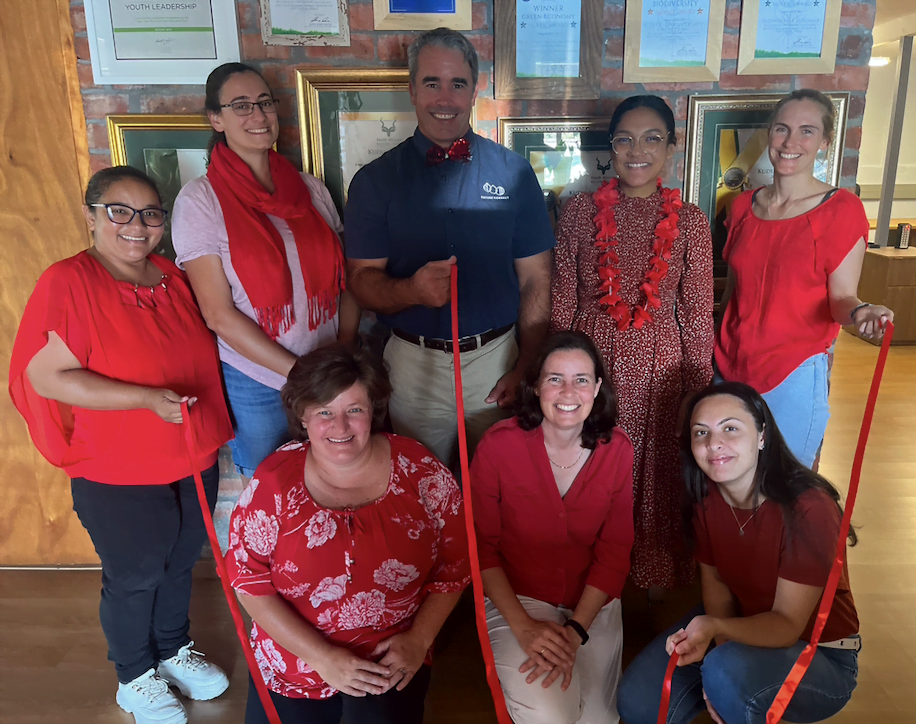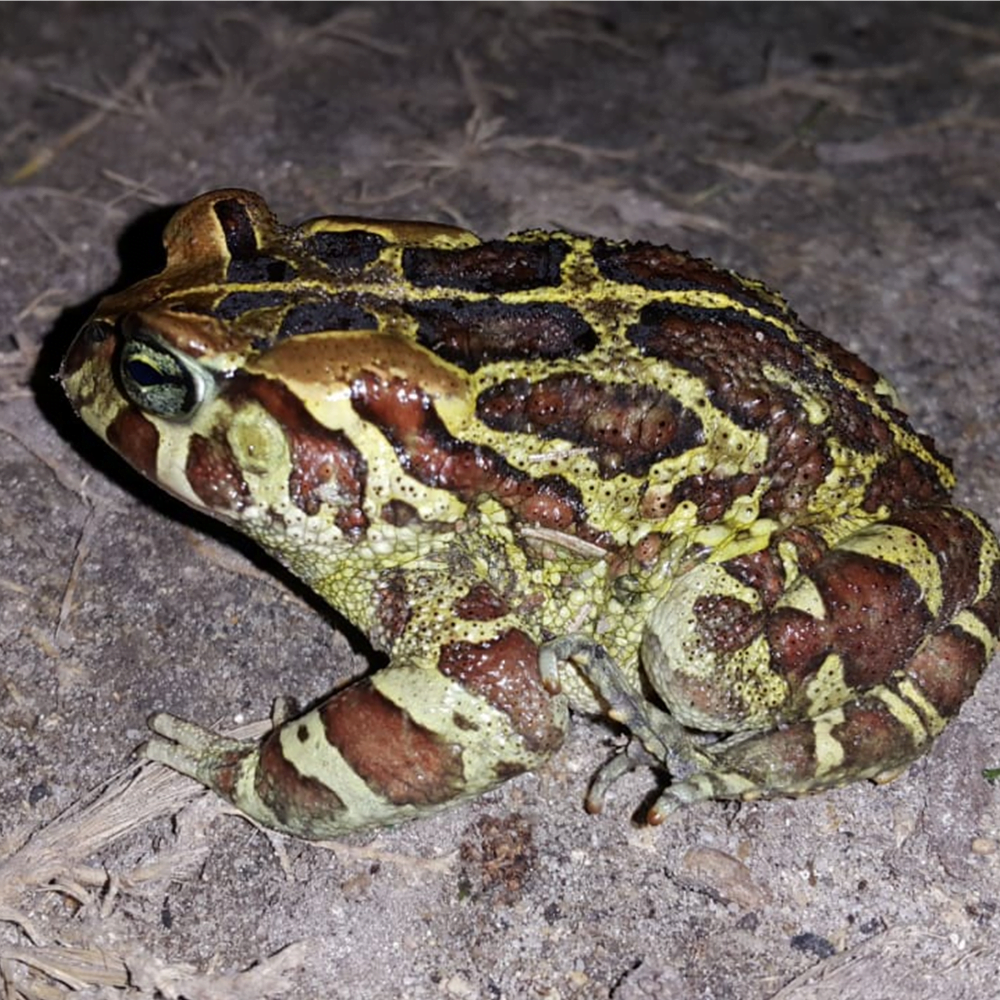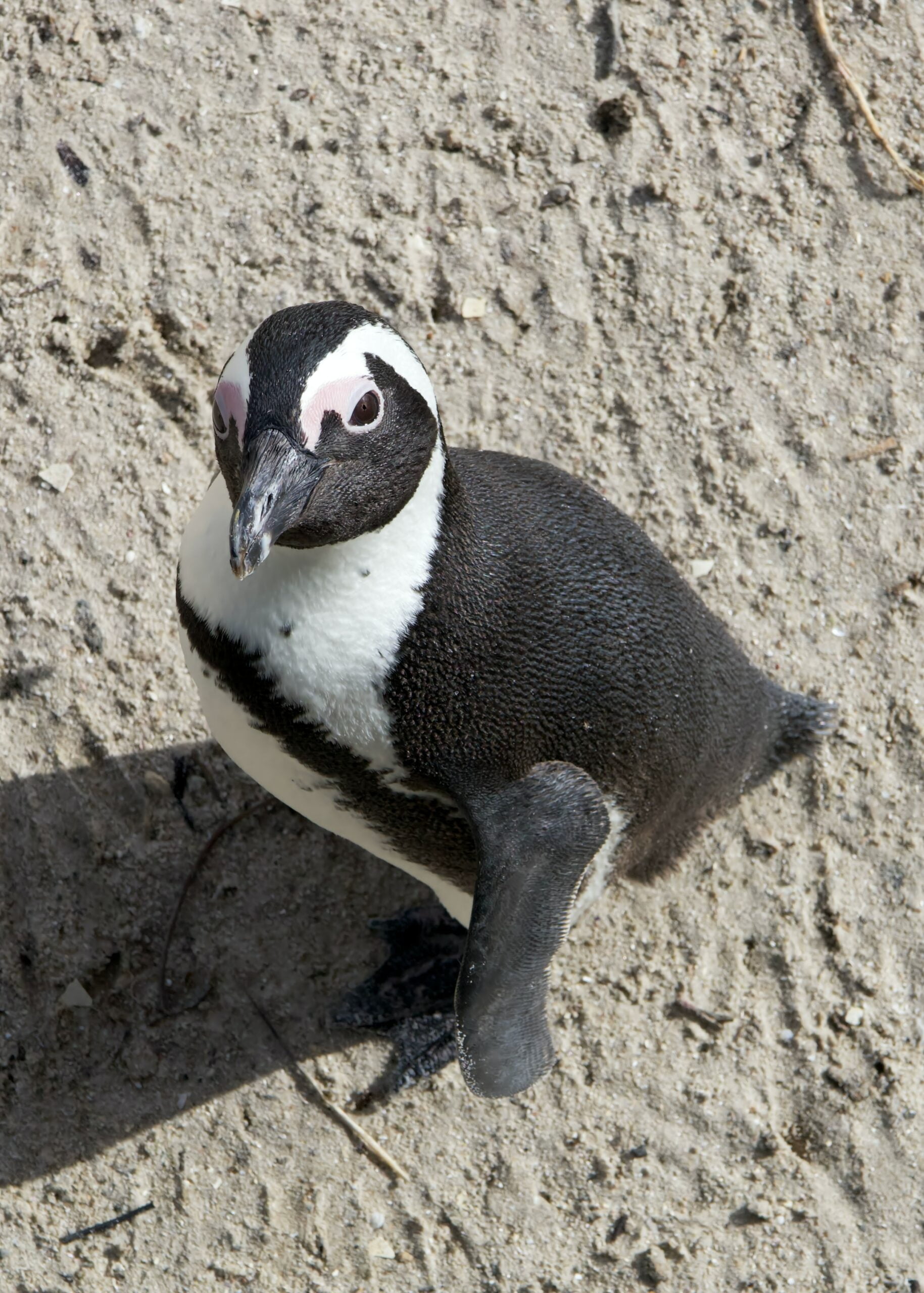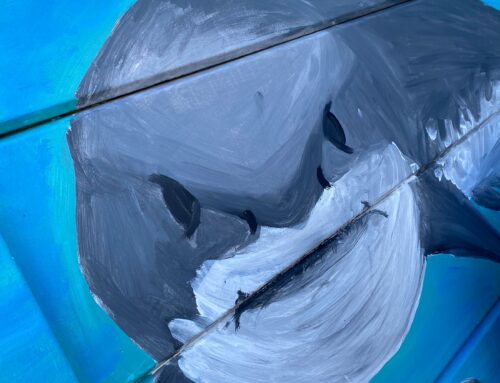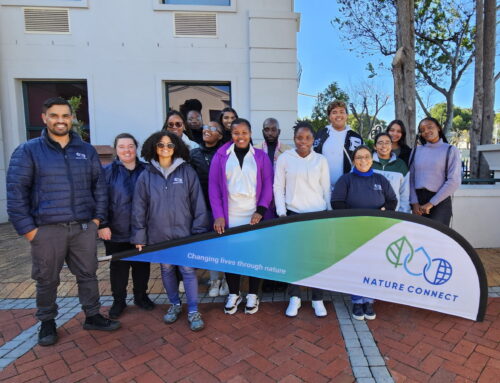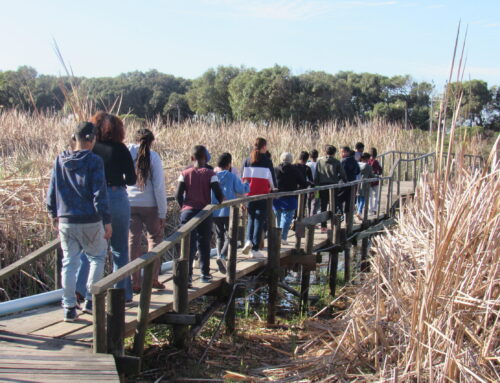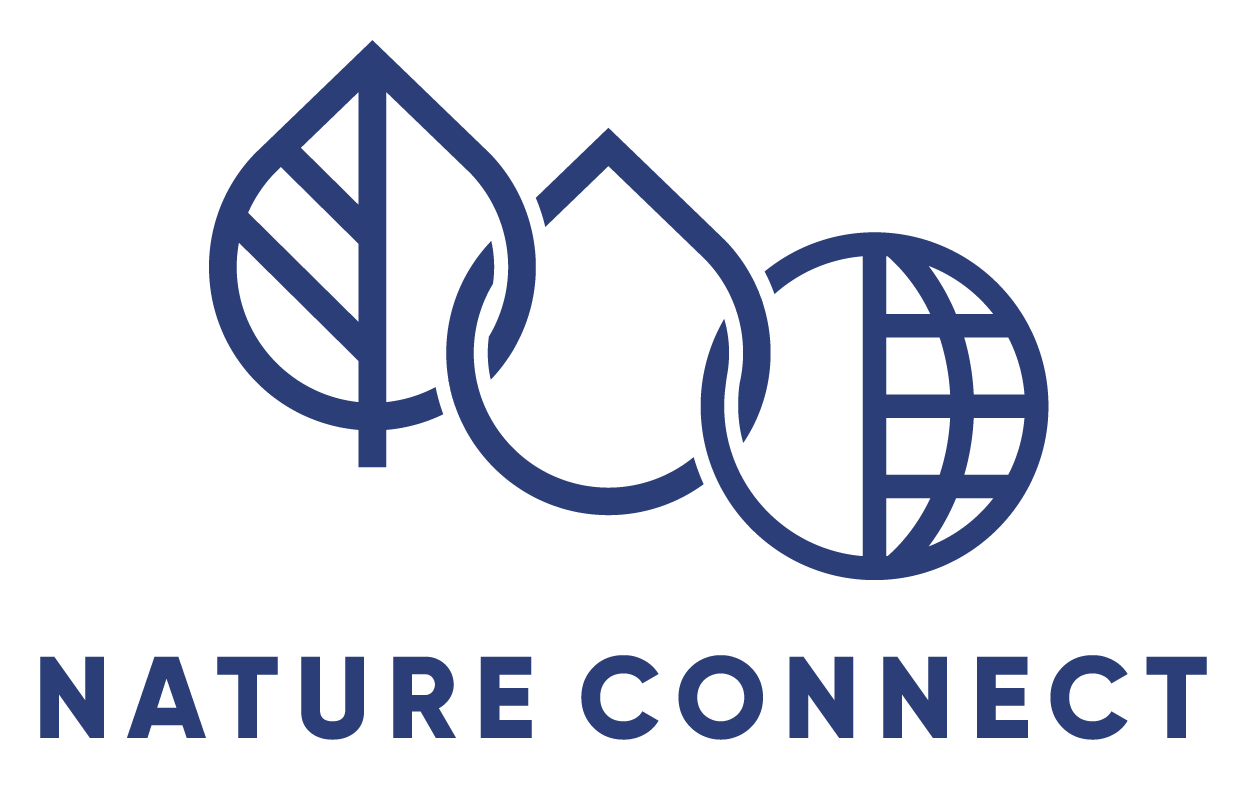Protecting South Africa’s unique biodiversity is a crucial step in reversing the trend of species extinction!
Nature Connect makes a crucial contribution, in an urban setting, towards supporting and driving conservation initiatives to protect the country’s threatened species. For this reason, we are coming alongside the International Union for Conservation of Nature’s (IUCN) – Reverse the Red campaign to raise awareness about the importance of preserving the world’s ecosystems and the species that inhabit them.
The campaign is a global effort aimed at reversing the trend of species extinction and promoting biodiversity conservation.
Nature Connect is dedicated to preserving the biodiversity of South Africa’s unique ecosystems by working with the government and other stakeholders including developers, NGO’s and local residents.
Nature Connect has piloted a mechanism that funds conservation of pockets of high value biodiversity land in the City of Cape Town, in a public-private collaborative arrangement. This seeks to reverse, or at least hold the line, for the critically endangered Cape Flats Sand Fynbos vegetation type.
Whilst securing habitat for a diversity of creatures that call various fynbos vegetation types “home” is part of what we do, we are also involved in species-conservation activities that focus on reversing the red. Projects include:
- Western Leopard Toad (Sclerophrys pantherina) – In April last year, we completed the installation of the toad tunnels in Peninsula road in Zeekeovlei on the Cape Flats. This is an important site as the road bisects two breeding water bodies: Zeekoevlei and Rondevlei. The tunnels were the first of their kind installed in South Africa, and we held our breath during the breeding season when the toads started to move to see if they used the tunnels to cross the road. Much to our delight, the toads were guided to the tunnels by the barriers and readily moved through the tunnels. We greatly appreciate the funding from Fondation Ensemble and Leisure Charitable Trust for making this project possible.
- Kedestes butterfly – given that both species of butterfly, Kedestes lenis lenis and Kedestes barberae bunta, are critically endangered, understanding their biology, managing their habitat, and developing techniques to bolster their population numbers are critical pieces of research. Efforts to perfect the method of captive rearing bore fruit last year with the first-ever successful rearing through to adulthood of Kedestes lenis lenis. Despite only a 25% survival, these numbers are almost certainly higher than the survival through adulthood in the wild and something we can build on. As a global first, this is something we are incredibly proud of. This project would not have been possible without the support of several donors, but particular recognition must be given to the Mohamed bin Zayed Species Conservation Fund.
- African penguin (Spheniscus demersus) – this project, a partnership between Southern African Foundation for the Conservation of Coastal Birds (SANCCOB), the City of Cape Town, and Nature Connect, is in its 11th year and continues to contribute significantly to the survival of the African penguin. From rescuing birds from peoples’ gardens, transporting birds in need of attention to SANCCOB, managing habitat and breeding sites to reducing predation, our four rangers continue to play an essential role in maintaining penguin population numbers.
- Wynberg conebush (Leucadendron grandiflorum) – It took a wait of five years to conduct the ecological burn on Wynberg hill, a hill in the heart of the City of Cape Town, in the hopes of stimulating the extinct protea to emerge from the seed bank. The burn in April 2022 was a momentous occasion, and thanks to the highly trained team, went by without incident. It is a waiting game to see if any Leucadendron seedlings emerged from the ashes. Although nothing occurred in the rainy season last year, we remain on the lookout for emerging seedlings.
- The dragon-like disa.(Disa draconis) – In partnership with the Stellenbosch University Botanical Gardens, we embarked on an ambitious effort to germinate seed of highly threatened Disa draconis species. This population is geographically and morphologically separated from the closest population, with its pollinators having adapted their characteristics to match those of the plants. Sadly, none of the seeds germinated last year, however we intend to Take Two in 2023.
With innovative approaches towards seeking funding solutions for conservation, and a focus on community involvement with citizen science and pure scientific research, initiatives like these are helping to create a brighter future for South Africa’s unique ecosystems and the species that inhabit them. Let’s Reverse the Red!


